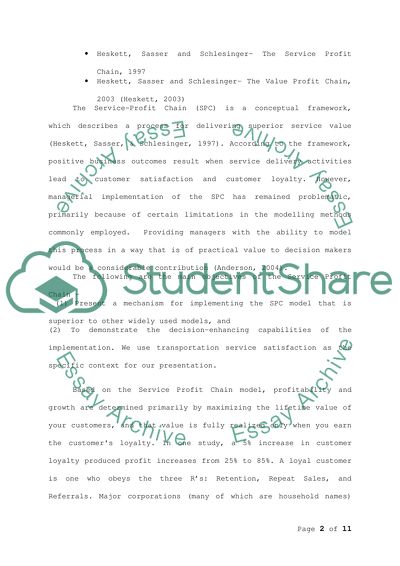Cite this document
(“To what extent can Hesketts Service Profit Chain be supported by Essay”, n.d.)
Retrieved from https://studentshare.org/miscellaneous/1527615-to-what-extent-can-hesketts-service-profit-chain-be-supported-by-empirical-evidence-and-other-arguments
Retrieved from https://studentshare.org/miscellaneous/1527615-to-what-extent-can-hesketts-service-profit-chain-be-supported-by-empirical-evidence-and-other-arguments
(To What Extent Can Hesketts Service Profit Chain Be Supported by Essay)
https://studentshare.org/miscellaneous/1527615-to-what-extent-can-hesketts-service-profit-chain-be-supported-by-empirical-evidence-and-other-arguments.
https://studentshare.org/miscellaneous/1527615-to-what-extent-can-hesketts-service-profit-chain-be-supported-by-empirical-evidence-and-other-arguments.
“To What Extent Can Hesketts Service Profit Chain Be Supported by Essay”, n.d. https://studentshare.org/miscellaneous/1527615-to-what-extent-can-hesketts-service-profit-chain-be-supported-by-empirical-evidence-and-other-arguments.


